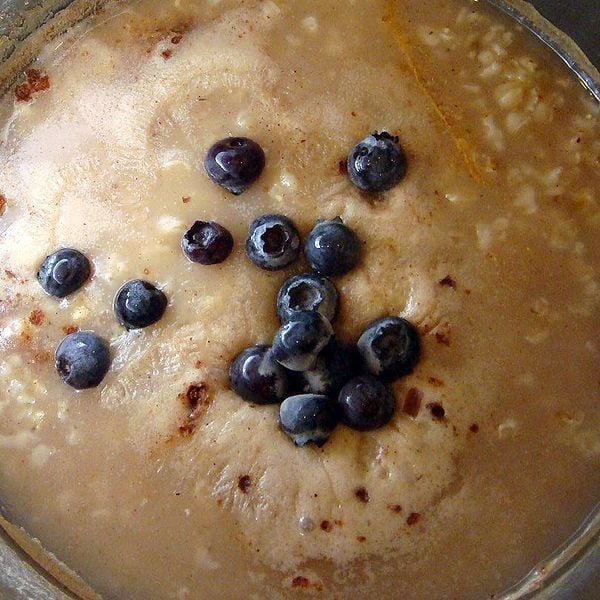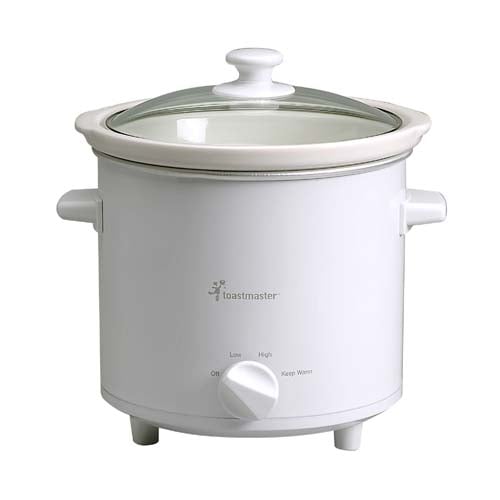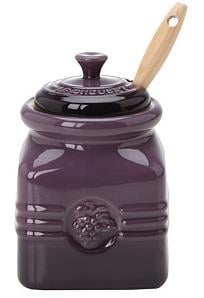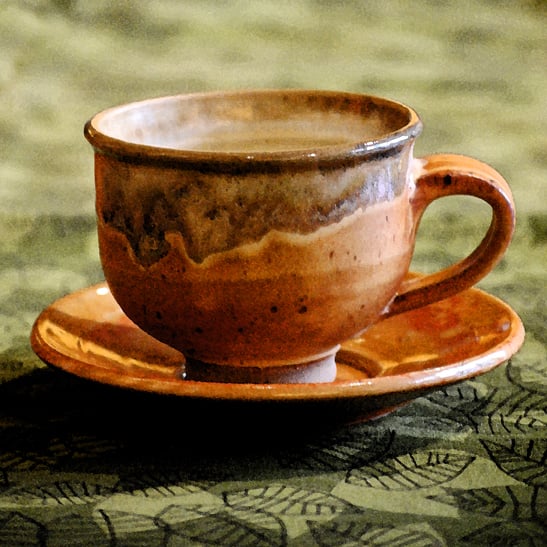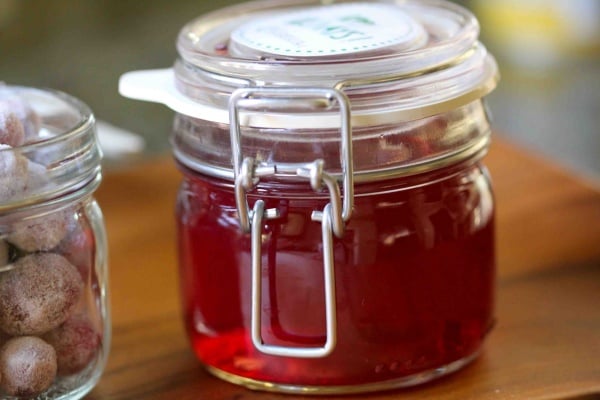Cooking the Wampanoag way in a clay pot

Nasaump - Porridge like Oatmeal
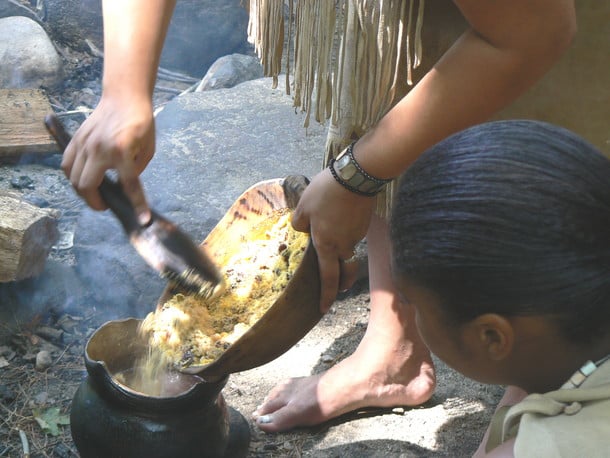 Photo from Plimoth Plantation of a Wampanoag woman making Nasaump
Photo from Plimoth Plantation of a Wampanoag woman making Nasaump
Nasaump is a traditional Wampanoag dish that is made from dried corn, local berries, and nuts such as acorns and chesnuts and sometimes sweetened with maple syrup. It is boiled in water until it thickens, and is similar to a porridge or oatmeal. Note: The Pilgrims called this "Samp" which is an abbreviation of Nasaump.
Nasaump with berries and nuts
1 1/2 cups cornmeal
1 cup strawberries, raspberries, blueberries or a combination of all three
1/2 crushed walnuts, hazelnuts, sunflower seeds or a combination of all three
1 quart water
maple syrup or sugar to taste (optional)
Combine cornmeal, berries, crushed nuts, and the optional sweetener in a pot of water and bring to a boil. Turn down the heat to medium and cook, stirring frequently, for 15 minutes.
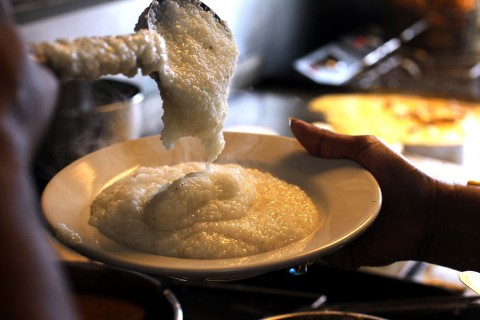
Plain Nasuamp - This modern version uses grits instead of cornmeal.
2 cups coarse corn grits
4 cups water
1 cup milk
1/4 cup sugar or maple syrup
Bring water to a boil in large saucepan with a heavy bottom. Add the corn grits and stir. Simmer until they are soft, about 10 minutes, and the water has been absorbed. Serve with milk and sugar.

Sobaheg - Stew
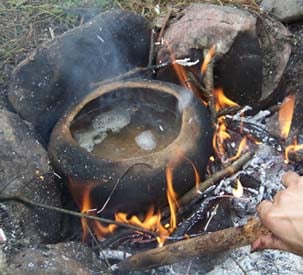 Cooking in a clay pot over a fire is the way Sobaheg would be originally cooked.
Cooking in a clay pot over a fire is the way Sobaheg would be originally cooked.
Sobaheg is the Wampanoag word for stew. Like most stews, this dish is easily adapted to seasonal ingredients. The ground nuts help to thicken the sobaheg. Variations of this dish are still made in Wampanoag country today.
Turkey or Chicken Sobaheg
1/2 pound dry beans (white, red, brown or spotted kidney-shaped beans)
1/2 pound white hominy corn or yellow samp or coarse grits, available from Gonsalves or Goya at many grocery stores
1 pound turkey or chicken meat (legs or breast, with bone and skin)
3 quarts cold water
1/4 pound green beans, trimmed and cut into 1 inch-lengths
1/2 pound winter squash, trimmed and cubed
1/2 cup raw sunflower seed meats, pounded to a course flour (or pounded walnuts)
dried onion and/or garlic to taste
clam juice or salt to taste (optional)
Combine dried beans, corn, turkey/chicken, seasonings and water in a large pot. Bring to a simmer over medium heat, turn down to a very low simmer, and cook for about 2 1/2 hours. Stir occasionally to be certain bottom is not sticking.
When dried beans are tender, but not mushy, break up turkey meat, removing skin and bones. Add green beans and squash, and simmer very gently until they are tender.
Add sunflower or nut flour, stirring until thoroughly blended.
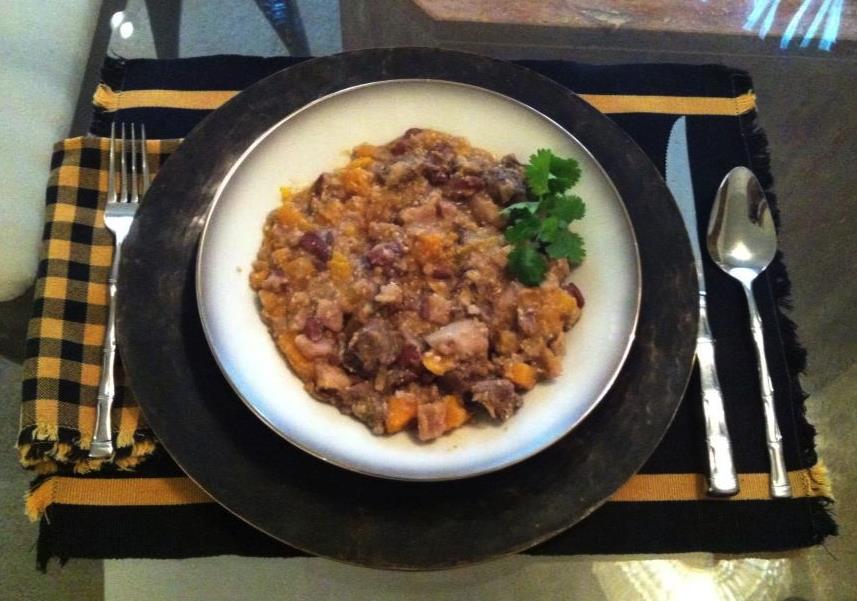
Venison or Beef Sobaheg
Comment from a friend who tried this recipe: "This was a fun dish to make as several of the ingredients were new for me as well as the steps. Its a good winter dish as its hearty and full of protein and healthy. I made it a day ahead of Thanksgiving to allow the flavors to settle and was great with a side of cranberry sauce."
Photo by Rebecca Weslie Ellison a member of our
Thanksgiving Many Hoops Facebook group
1 cup dried beans (any sort of kidney-shaped beans)
1 cup coarse corn grits or samp (broken or coarsely ground hominy)
1 pound venison or beef, cut into bite-sized pieces
2 and 1/2 quarts water
1 cup winter squash (such as acorn, hubbard, or sweet dumpling), peeled and cubed
1 cup Jerusalem artichokes, peeled and cubed
1/2 cup walnuts, chestnuts, or sunflower seeds, pounded or ground to a flour
1 and 1/2 teaspoons salt (not mentioned in the original recipe)
Cook's note: Jerusalem artichokes, a member of the sunflower family, are also called sun chokes.
Combine dried beans, corn, venison, salt, and water in a large, heavy bottomed pot. Bring to a gentle boil over medium heat and turn down to a very low simmer. Cook for several hours. Stir the stew occasionally to prevent sticking.
When beans and venison are tender, stir in the squash and Jerusalem artichokes, and simmer very gently until they are done, about 30 minutes.
Add nut flour, stirring until thoroughly blended.
Yield: four dinner-sized servings or 8 smaller servings
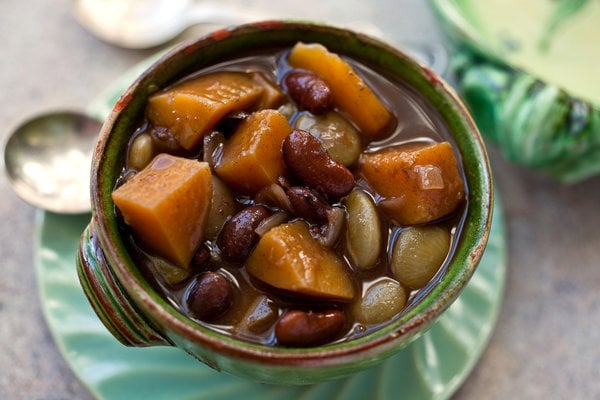
Autumn Sobaheg
1/2 cup dried beans
1/2 cup coarse grits*
1 pound venison or other meat, cut into bite-sized pieces
1 teaspoon salt
1 small acorn squash or 2 cups any other winter squash, peeled and cut into bite-sized pieces
1 cup peeled and cubed Jerusalem artichokes**
1/4 cup walnuts, chestnuts, or sunflower seeds, shelled and ground until powdery
Combine the dried beans, grits, venison, salt, and 8 cups water in a large, heavy-bottomed pot. Bring the mixture to a gentle boil over medium heat. Cover the pot, reduce the heat, and keep the sobaheg at a low simmer. Cook approximately 2 hours, until the beans and venison are tender, stirring often to prevent sticking. Periodically skim off the froth that rises to the top. Stir in the squash and Jerusalem artichokes and simmer until they are done, about 30 minutes.
Add the nut flour, stirring until thoroughly blended, and serve.
*Coarse grits of flint corn (sometimes called samp in modern markets). Finely ground grits used for Southern grits just will not do. Coarse white grits, sold under the brand name Gonsalves (a Portuguese food company), are available at many gourmet stores and large supermarkets. You can also order coarse white grits from Plimoth Plantation at  www.plimoth.com).
www.plimoth.com).
**Jerusalem artichokes, also called sunchokes, are part of the sunflower family. They are available in market produce sections in the fall and early winter. If you are unable to find them, the recipe will still be delicious.
Crockpot Sobaheg
1 cup of grits
2 cups of soaked beans, 1 or 2 cans of beans, or a pound turkey meat (legs or breast, with bone and skin)
or a pound of venison
Water
1 cup trimmed green beans or 1 cup peeled and cubed Jerusalem artichokes (optional)
1 medium pumpkin or about 1 pound of squash cleaned and cubed
½ cup raw sunflower seeds (or walnuts or chesnuts), crushed into powder
½ cup maple syrup or honey (optional)
1½ tablespoons of salt
Add all of these ingredients to a crockpot, then fill the pot with water until about an inch from the top. Turn the crock pot on low and leave it alone for about 8 hours.

Marachock/Maracock - Passion Flower
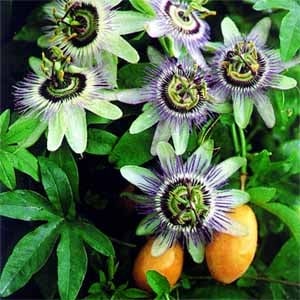 Photo of Marachock - Passion flower with a few fruit at the bottom - Passiflora Incarnata
Photo of Marachock - Passion flower with a few fruit at the bottom - Passiflora Incarnata
Maracock is the fruit from the passion flower. It is also called in English maypop, may apple, maycock and wild apricot. The fresh and dried leaves can used to make a tea. The fruit is popular as a jelly or jam.
Marachock Jelly
2 cups ripe marachock, sliced (Marachocks can be green, yellow or orange to be considered edible, although most agree that the green ones are not as sweet. One of the tests for ripeness is the fruit will begin to yellow and wrinkle just a bit.)
1 cup water
2-1/2 cups sugar
1-3/4 ounces pectin
Combine the marachock and water, and boil gently for five minutes. Strain, discarding the pulp. Combine the liquid and sugar and bring to full rolling boil. Add pectin, and again bring to rolling boil. Remove from heat, pour into hot, sterilized jars, and seal. Makes 2-1/2 pints.
Marachock Drink
Gather the very ripe or even the overly ripe fruits of the Passion Flower
Hull out the seed and pulp and discard the skins. Put the seeds and pulp in a pot to boil, add a little water if necessary. When the seeds separate from the pulp, remove from heat and strain the mixture through a cloth or a sieve to make a hot drink.
Note: some say that adding just a tiny amount of baking soda will help the seeds separate from the pulp.

Uppaquantup or Upaquantop -
Fish Head Soup
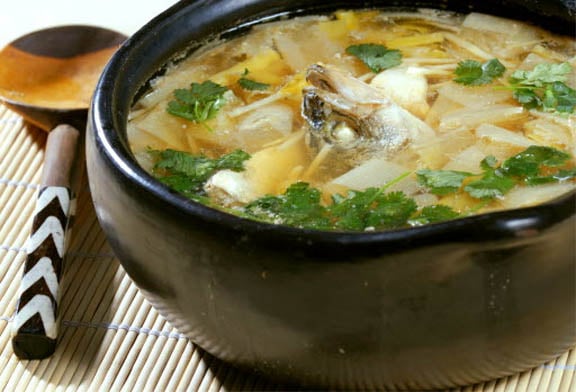
4 fish heads (some prefer bass heads)
1 dozen oysters (optional)
water or vegetable broth
1 onion, minced
carrots, sliced thin
To thicken the soup:
add coarse ground corn meal
If using oysters: Shuck the oysters, saving all the juice. Mix the juice with enough water to make 1-1/2 quarts.
If not using oysters: use 1-1/2 quarts plain water or vegetable broth.
Place the oyster water (optional) or plain water or vegetable broth, fish heads, minced onion and sliced carrots in a large pot. Bring to a boil, cover and simmers for 2 hours. The heads can be removed at this point or left in the soup. If using oysters, increase heat, bringing the soup to a light boil and add the oysters, simmer for 5 minutes. Whether using oysters or not, add the corn meal and simmer until soup is thickened.

Msickquatash - Succotash
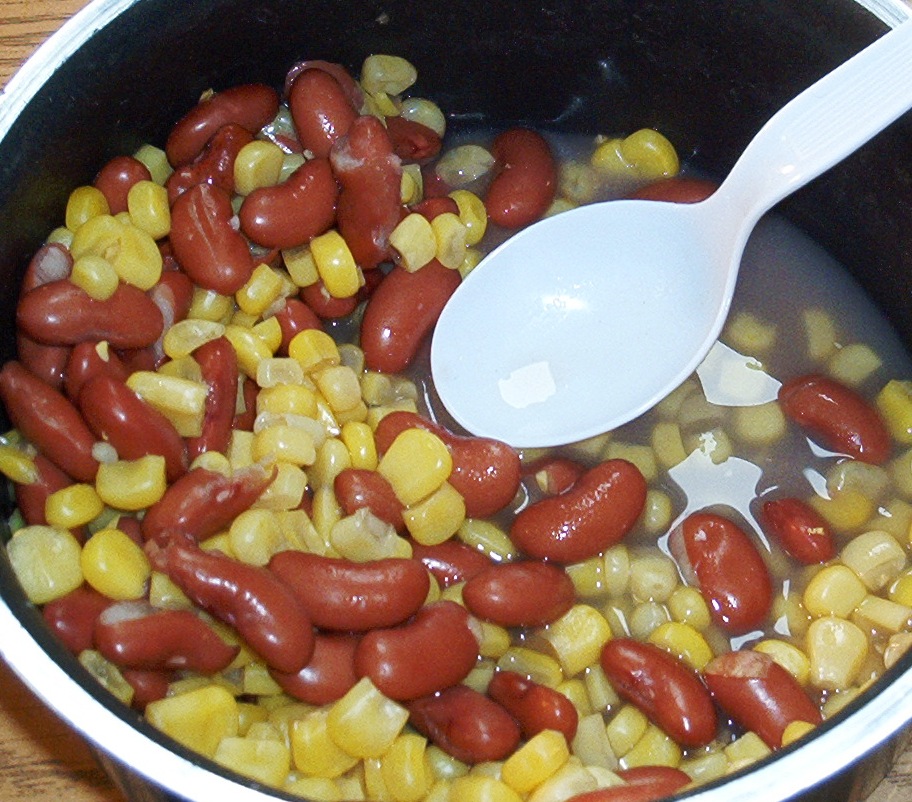
2 lbs clams (Note: clams can be left out of the recipe - they are optional)
2 cans of hominy or 12 ounces dried hominy, soaked overnight, or corn cut off 6 fresh ears of corn
1/2 lb. dried cranberries
1/2 pound kidney beans, soaked overnight
Other ingredients (use at least 2 or 3)
1 lb. turkey parts
1 small acorn squash or pumpkin, seeded and cubed
2 cups scrubbed, quartered Jerusalem artichokes
1 cup chopped cranberries
1 cup chopped walnuts, hickory nuts and/or sunflower seeds
Put soaked kidney beans, along with their soaking water in a large pot, adding soaked dried hominy, if using. Cover with 4 inches of water about two quarts and bring slowly to a simmer. Cook gently until skins of beans break when you blow on them.
Meanwhile, if you are using clams, wash the clams, place in a pot along with 3 cups of water. Cover and bring to a simmer. Stir the clams: when all are ajar, remove pot from the heat. Let them stand, covered for 15 minutes. Add clam broth to beans and hominy, by straining through a cloth, or just being careful to prevent sand and shell bits from sliding into your msickquatash. Either eat the clams for a snack while you’re waiting, use them in another dish, or open clean and chop then and set them aside to add to this dish as it nears completion.
If you are using turkey, joint it, rinse it and add to beans about an hour into cooking. If you are using canned hominy, drain it, then add that too. Allow it all to simmer until elements are soft and thoroughly cooked. Add boiling water if it becomes too dry; consistency should be that of a very thick soup.
Add fresh corn and pumpkin or squash at least 3/4 hour before serving.
Add the Jerusalem artichokes, nuts, seeds or cranberries at least 30 minutes before serving.

Puttuckqunnege - Boiled or Baked Breads
A cake or round loaves of bread. This bread can be boiled or baked in ashes covering the bread with leaves.
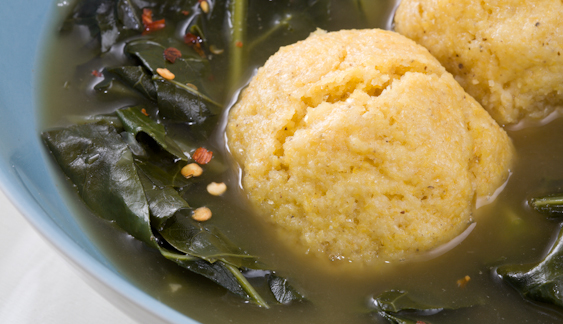
Boiled Corn Bread
Boiled bread is a small patty made mostly of cornmeal with crushed nuts and berries added in. It is dropped in a pot of boiling water and when done, rises to the top.
1 quart slightly boiled water (this water can be a broth from boiled greens)
1/2 cup cornmeal
1/2 cup corn flour
1/2 cup dried cranberries, blueberries, and/or currants
1/2 cup crushed nuts or seeds (walnuts, hazelnuts or sunflower seeds)
Maple syrup or sugar to taste (optional)
Combine all ingredients in large bowl and mix thoroughly. After mixing, slowly add a spoonful at a time of slightly boiled water. When the mix is thick enough to be sticky, shape round patties (about 3 inches in diameter and 1/2 inch thick). Return water to slight rolling boil and drop in 1 or 2 patties, carefully making sure they do not stick to the bottom. Remove breads when they begin to float.

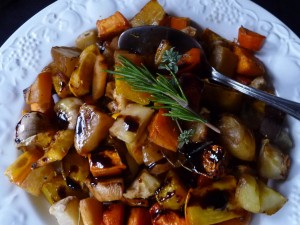
Maple Roasted Vegetables
1 1/2 pounds baby carrots or very thin carrots kept whole
1 1/2 pounds sweet potatoes, chopped into 1 inch squares
2 red onions, cut into wedges
1 1/2 pounds turnips, cubed and peeled (turnips are optional)
1/3 cup olive oil
2 tsp fine sea salt
2 tsp ground black ground pepper
1 cup pure maple syrup
1/4 cup balsamic vinegar
Preheat the oven to 350 degrees F.
Combine all of the vegetables and toss with oil, salt and pepper.
Place the vegetables in a single layer on a large roasting pan or baking sheet
Put in the oven and cook for about 45 minutes. Check with a fork or knife to make sure the vegetables are tender and done.
While the vegetables are in the oven, place the maple syrup and balsamic vinegar in a pan and bring to a boil. Reduce heat and simmer until the mixture is reduced by about a half and is thick.
When the vegetables are ready, drizzle the syrup over them and return to the oven for 5 more minutes. Just a note: you don’t need to use all of the syrup, use what tastes good to you.
You can broil the vegetables for 1 or 2 minutes to caramelize the maple syrup mixture.

Nippi Sukissuog - Clam Broth
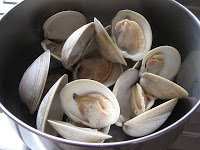
Clam broth is a traditional seasoning which adds a salty flavor to foods such as stews or nassamp. After the colonists learned about Wampanoag clam broth it became the base for New England, Manhattan and Rhode Island Clam Chowders.
Recipe for clam broth
The way clam broth was made in 1621 during the first Thanksgiving is basically the same as it is made today. Only the pots were earthenware and the broth was cooked over a fire.
8 pounds large cherrystone clams or small quahogs (about 20 clams)
Wash the clams well under cold running water in a colander. (See Tip below) Place clams in a large pot, and add enough water to cover clams by 2 inches. Cover pan and place over high heat.
When the water comes to a boil, give the pan a good shake. Turn the heat to low, and cook clams another 30 seconds or so. Remove from the heat, and take out all the clams that have opened, using a slotted spoon. If any clams remain closed, put back on the heat, with the lid on the pan, and cook another 1 to 2 minutes. Remove remaining clams, reserve, and discard any clams that have not opened.
You should now have about 5 or 6 cups of clam both. Let the broth sit for about ten minutes. After sitting, almost all the grit will sink to the bottom. Then carefully pour the broth through a fine mesh strainer which can be lined with a double layer of paper towels or a large coffee filter set over a medium bowl.
Tips:
Wash the clams one at a time under running water, scrubbing off any sand with your fingers, a scouring pad, or a brush. If a clam is slightly open and doesn’t close when tapped on a hard surface, discard it. Try to pry open any clam that feels very heavy. If it’s full of sand, discard it.
Large cherrystone clams cook faster than small quahogs.
While clams are steaming, the broth usually spills over a bit when the clams are almost cooked. You can avoid this when the liquid threatens to boil over, put the lid ajar and reduce heat slightly.

Sassamanesh - Cranberries
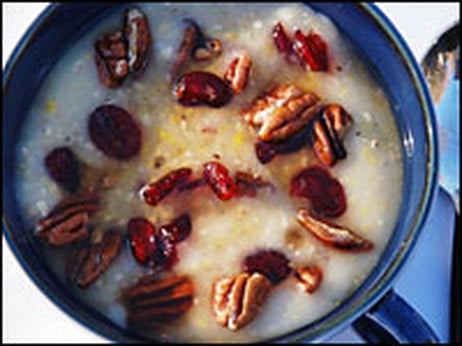
Sassamanesh - Cranberry Nasamp
2 cups of corn meal (course ground is best)
Enough water to cover the corn meal
1/4 to 1/2 cup of cranberries (dried, fresh or frozen)
1/4 to 1/2 cup of maple syrup (optional)
Chopped nut such as walnuts or hazelnuts (optional)
Sunflower seeds (optional)
Place cornmeal and cranberries in a pot and cover with water. Simmer until thick. Then add any of the optional ingredients such as nuts and sunflower seeds.
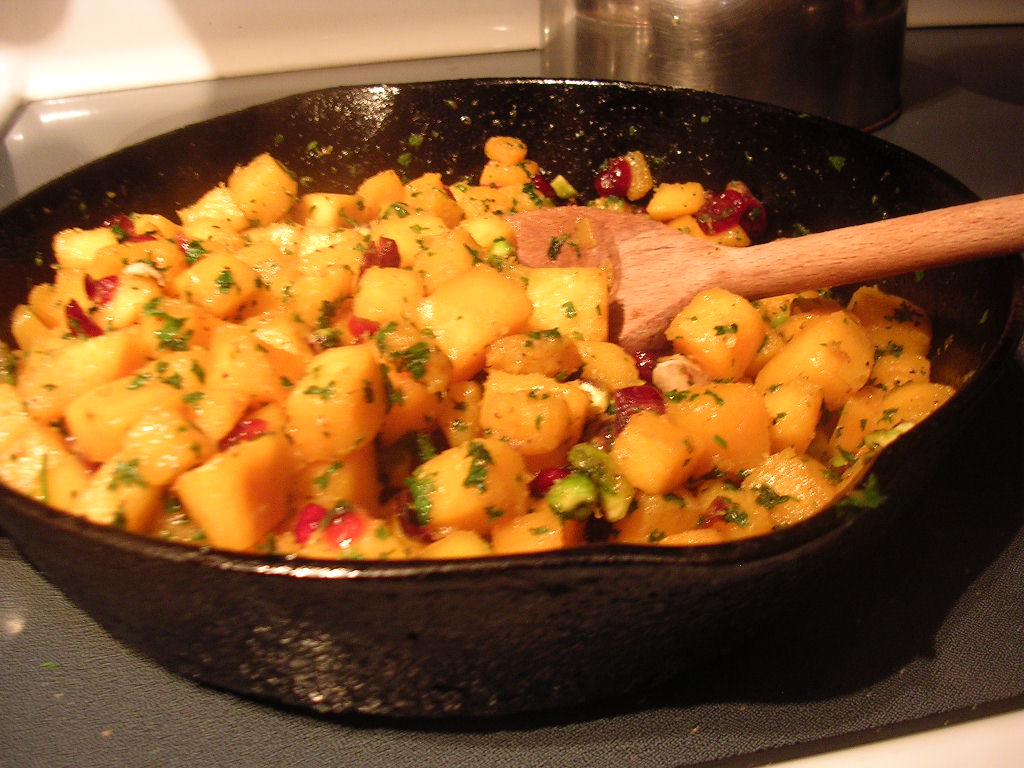
Sassamanesh - Cranberries with Butternut Squash
This is a traditional recipe - a modern recipes follows:
1 butternut squash
corn oil
1 cup cranberries - fresh, frozen or dried
1/2 cup cranberry juice (unsweetened)
1/3 cup maple syrup
Cut the buttternut squash in half lengthwise, peel and remove seeds. Cut the squash into bite size pieces.
In a skillet add corn oil and squash. Cook over medium heat about ten minutes, stirring frequently until the squash is almost tender. Add cranberries and juice. Heat to boiling, then reduce heat and simmer until squash is tender. About 5 minutes. Stir in maple syrup and serve.
Modern recipe:
4 cups mashed cooked butternut squash
4 tablespoons butter, softened, divided
1/2 teaspoon salt
1/2 teaspoon ground cinnamon
1/4 teaspoon ground allspice
1/4 teaspoon ground nutmeg
1 can (14 ounces) whole-berry cranberry sauce
1/2 cup pecans chopped
1/4 cup packed brown sugar
Preheat oven to 350 degrees.
In a large bowl, combine the squash, 2 tablespoons butter, salt, cinnamon, allspice and nutmeg. Transfer to a greased 2-qt. baking dish. Stir the canned cranberry sauce until softened, then spoon over squash mixture. Mix the pecans, brown sugar and remaining butter, and sprinkle over cranberry sauce.
Bake, uncovered for 50-60 minutes or until golden brown and bubbly
Sassamanesh - Cranberry Syrup
1 cup fresh or frozen cranberries
1 cup water
1/2 cup sugar or maple syrup for a more traditional flavor)
1/4 cup maple syrup (used separately at the end of recipe)
In a medium size saucepan, place cranberries, water, and 1/2 cup sugar or maple syrup. Bring to a boil. Reduce heat to medium and boil for about 10 minutes. Let cool. Puree in a food processor until smooth and strain through a sieve. Stir in the additional 1/4 maple syrup.
Serve over waffles, pancakes, ice cream, etc.
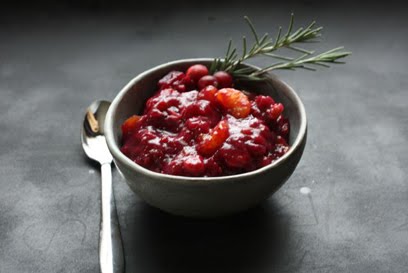
Sassamanesh - Cranberry Relish
This is a modern recipe since it includes apples and oranges which weren't available during the time of the first Thanksgiving. During the first Thanksgiving cranberries were used as an addition to other foods such as stews and breads. Cranberry relish as we know it today wasn't something that would have appeared on the menu for the first Thanksgiving.
2 cups fresh whole cranberries
1 apple, cored, unpeeled and quartered
1 orange, seeded, unpeeled and quartered
1/2 cup honey, maple syrup or sugar
1/2 cup chopped walnuts or pecans (optional)
Use a food mill or food processor to grind together the apple, orange and cranberries. Add honey and nuts, stir to combine.

Sautauthig - Blueberry Cornmeal Porridge
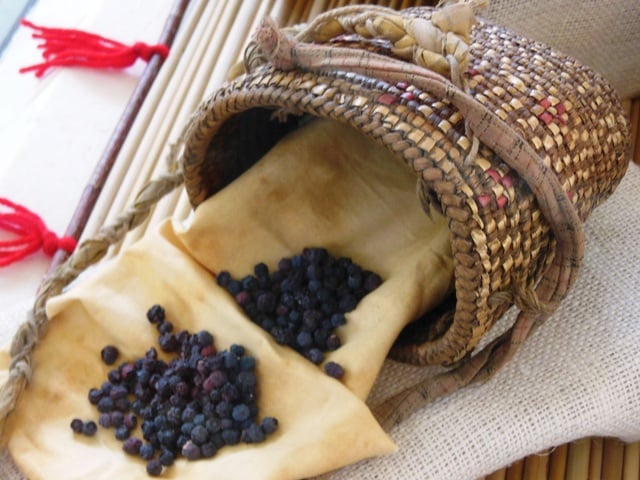
Photo of dried blueberries.
Please note that the words porridge, pudding and mush are used interchangeably in many recipes. We are using porridge because it seemed to more closely describe Sautauthig.
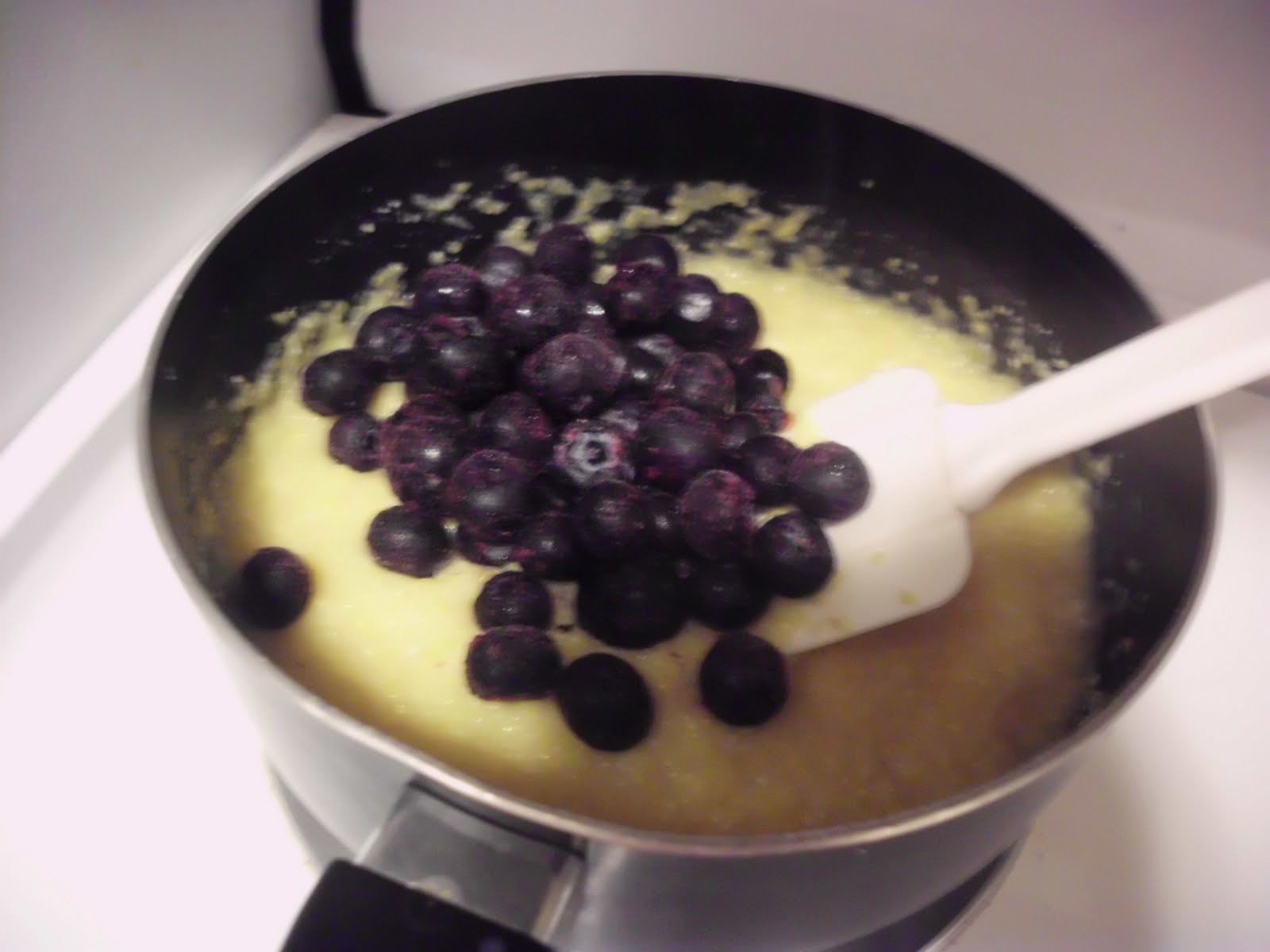
Very Easy Sautauthig recipe
1 cup water
3 heaping tablespoons of cornmeal
3 oz. fresh, frozen or canned blueberries - divided in half (Note: if using frozen blueberries thaw them between layers of paper towels to absorb the excess liquid. If using canned blueberries drain them well.)
Maple syrup to taste
Bring it to a boil, then drop in 3 heaped tablespoons of cornmeal.
Whisk for a minute, then add in half the blueberries. Stir for about a minute more.
Top with the rest of the blueberries and a little bit of maple syrup.
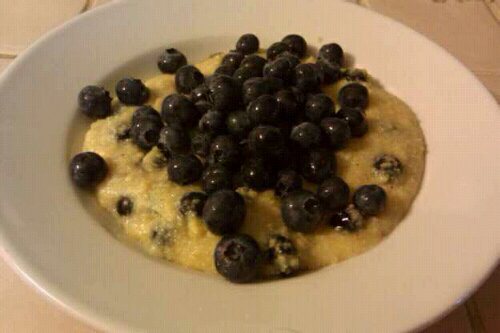 Modern Sautauthig recipe
Modern Sautauthig recipe
1 1/2 cups water
1 1/2 cups milk
3/4 cup cornmeal or quick cooking grits
1/2 teaspoon salt
3 tablespoons maple syrup, honey or sugar
2 cups fresh, frozen or canned blueberries or 1/2 cup dried blueberries
1/2 teaspoon of ground nutmeg (optional)
In a 2-quart saucepan heat water and milk until bubbles form around edge of pan. Stirring constantly, slowly add cornmeal or grits and salt until well combined. Reduce heat to low. Cover and simmer, until thickened, about 10 minutes, stirring occasionally.
Stir in maple syrup, honey or sugar until well combined. Gently stir in blueberries and nutmeg if you are using it.

Strawberries
Please see our section on "Strawberries" to read about "Strawberry Thanksgiving" by Annawon Weedon, Mashpee Wampanaog.
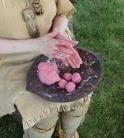
Strawberry Boiled Bread
1/2 cup fresh or frozen strawberries crushed (if using crushed dried strawberries use 3/4 cup )
1/2 cup cornmeal, approximately
1/2 cup corn flour, approximately
1/2 cup walnuts, chopped or crushed
1/2 cup hazelnuts, chopped or crushed
1/2 cup water
Maple syrup to taste
Using a large bowl, mix all the ingredients together. Then moisten the dry mixture with water if needed and stir. Form round patties with the thick mixture. If mixture seems too wet add more corn flour or corn meal.
Rapidly boil water in a deep saucepan. Then one at a time, drop the strawberry patties into the water, keeping a constant boil (depending on pan size, you can make 3 or 4 at a time). Watch closely for 5 minutes.
Once the patties float to top, they should be ready.
Carefully remove the patties from the saucepan with a slotted spoon, as they will be fragile.
Cool before eating.
More strawberry recipes coming soon...

They Stole Our Soup! The Native Origins of ‘New England’ Clam Chowder
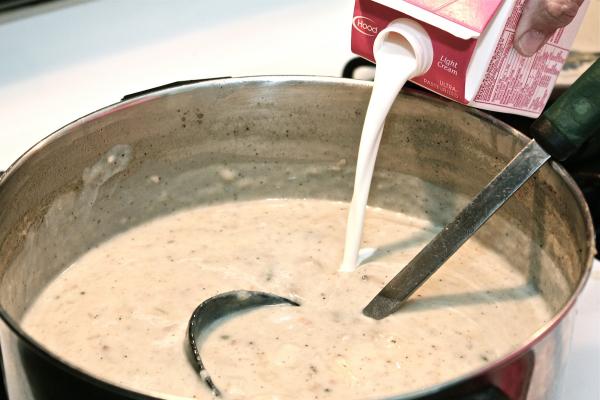
Article by Christina Rose published in Indian Country Today
7/4/15
You may never have heard of Quahog Chowder, but there’s a good chance this soup is already on your list of favorites. Better known as New England Clam Chowder, this tasty fusion has a history as long as a Cape Cod beach. Quahogs, a large, hard-shelled clam, can be found as far south as Virginia, but many believe the tastiest ones are found in the colder waters from Connecticut to Maine. Along these shores, quahogs and other types of clams, shellfish, and seafood have always been enjoyed in a rich broth-based stew.
The original ingredients have changed only a little over the last 400 years. Linda Coombs, program coordinator of the  Aquinnah Cultural Center on Martha’s Vineyard, said, “A staple of our dishes were corn and beans and you could make a soup or a stew with that, and you could add meat or any kind of shellfish, such as quahogs and clams.”
Aquinnah Cultural Center on Martha’s Vineyard, said, “A staple of our dishes were corn and beans and you could make a soup or a stew with that, and you could add meat or any kind of shellfish, such as quahogs and clams.”
After contact, the corn was replaced with potatoes and local meats such as goose or duck have been replaced with pork. Today, New England Clam Chowder is known for its cream- or flour-thickened base. Remembering her childhood, Coombs said, “When my grandmother used to make it there were almost whole clams in it, with potatoes, onions, and broth. As I grew up, I realized the clear broth was the old way to make it.”
Before colonization, Mohegans, Pequots and many other tribes built traps in the rivers to catch fish, and at lower tides, clammed for quahogs and smaller clams, oysters and mussels. Much of this food, including lobster, was ignored by the European settlers, but according to the website  What’s Cooking America, “Clams became accepted in time, but it is on record that in 1620s the Pilgrims fed clams and mussels to their hogs with the explanation that they were ‘the meanest of God’s blessings.’”
What’s Cooking America, “Clams became accepted in time, but it is on record that in 1620s the Pilgrims fed clams and mussels to their hogs with the explanation that they were ‘the meanest of God’s blessings.’”
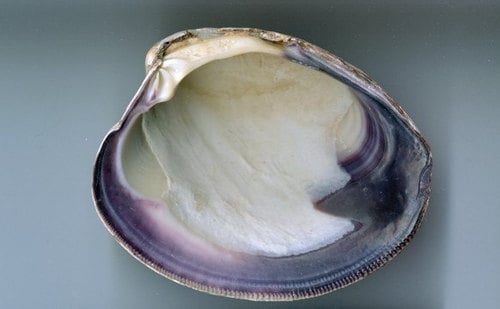
The quahog shell has been used for many things like wampum, jewelry, and adornments. (Tomaquag Museum)
When those pilgrims changed their minds, they quickly took the soup as their own, renaming it New England Clam Chowder. “We think of it as food appropriation,” said Loren Spears, executive director of the Narragansett’s  Tomaquag Museum in Exeter, Rhode Island. “I think it would be respectful if people called it Narragansett Chowder or Indigenous Clam Chowder or something along those lines. They didn’t eat these things before their encounter with the indigenous people of this land.”
Tomaquag Museum in Exeter, Rhode Island. “I think it would be respectful if people called it Narragansett Chowder or Indigenous Clam Chowder or something along those lines. They didn’t eat these things before their encounter with the indigenous people of this land.”
Reading Faith Davison’s Mohegan Archives, it’s easy to envision the coastline before the colonizers destroyed much of the area’s aqua-culture. The rivers still ran thick with a wide variety of fish along Connecticut’s white sand beaches. Holes were dug along the shores and lined with red hot stones, then thick blankets of seaweed were laid on the rocks. A layer of shellfish was placed on the seaweed, and another layer of seaweed covered that. In this way, clams were steamed open, and the first clambakes were enjoyed. If you continued along the beach, you may have come upon fires heating up stones, with four stakes carefully placed around, holding skewers of roasting fish.
In Davison’s research, she found a description of Mohegan’s soups and stews from the late 1500s. They were cooked in huge earthen pots, which a document from the  National Humanities Center described as good as anything made on a European pottery wheel. The soup was boiled by adding hot stones into watertight vessels that “seethed” all day long.
National Humanities Center described as good as anything made on a European pottery wheel. The soup was boiled by adding hot stones into watertight vessels that “seethed” all day long.
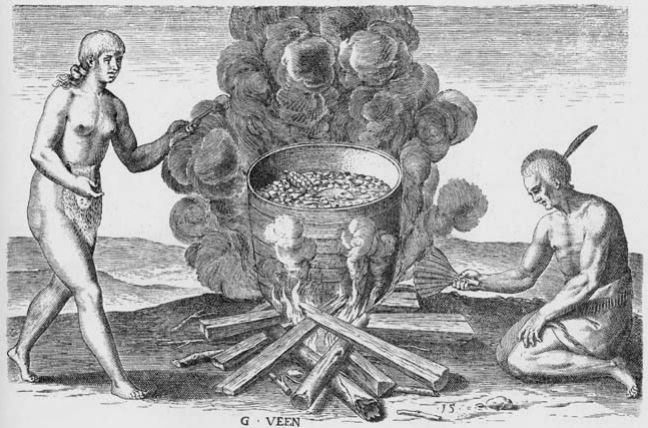
As noted in early documents, the assorted ingredients for the chowder were “seethed” together in a large pot. (National Humanities Center)
The importance of clams in the local diet was evidenced by the tall piles of shells that dotted the shoreline, even along the coast of inland rivers far from the sea. Davison said long after the English arrived, Connecticut’s tribes still made their summer journey to the shore to gather clams and dry them for winter food storage.
Clamming is far from a lost art. Mashpee Wampanoag elder and wampum designer  Carol Lopez said, “The whole Cape has a lot of quahogs. We always have plenty because we have water on both sides of us,” she said.
Carol Lopez said, “The whole Cape has a lot of quahogs. We always have plenty because we have water on both sides of us,” she said.
Chowder is served year-round, and is still an important staple in many of the tribes’ diets. “When I open the quahog, I save the juice and the meat, and I make stuffed clams, pies, quahog cakes, quahog chowder. Nothing goes to waste,” Lopez said.
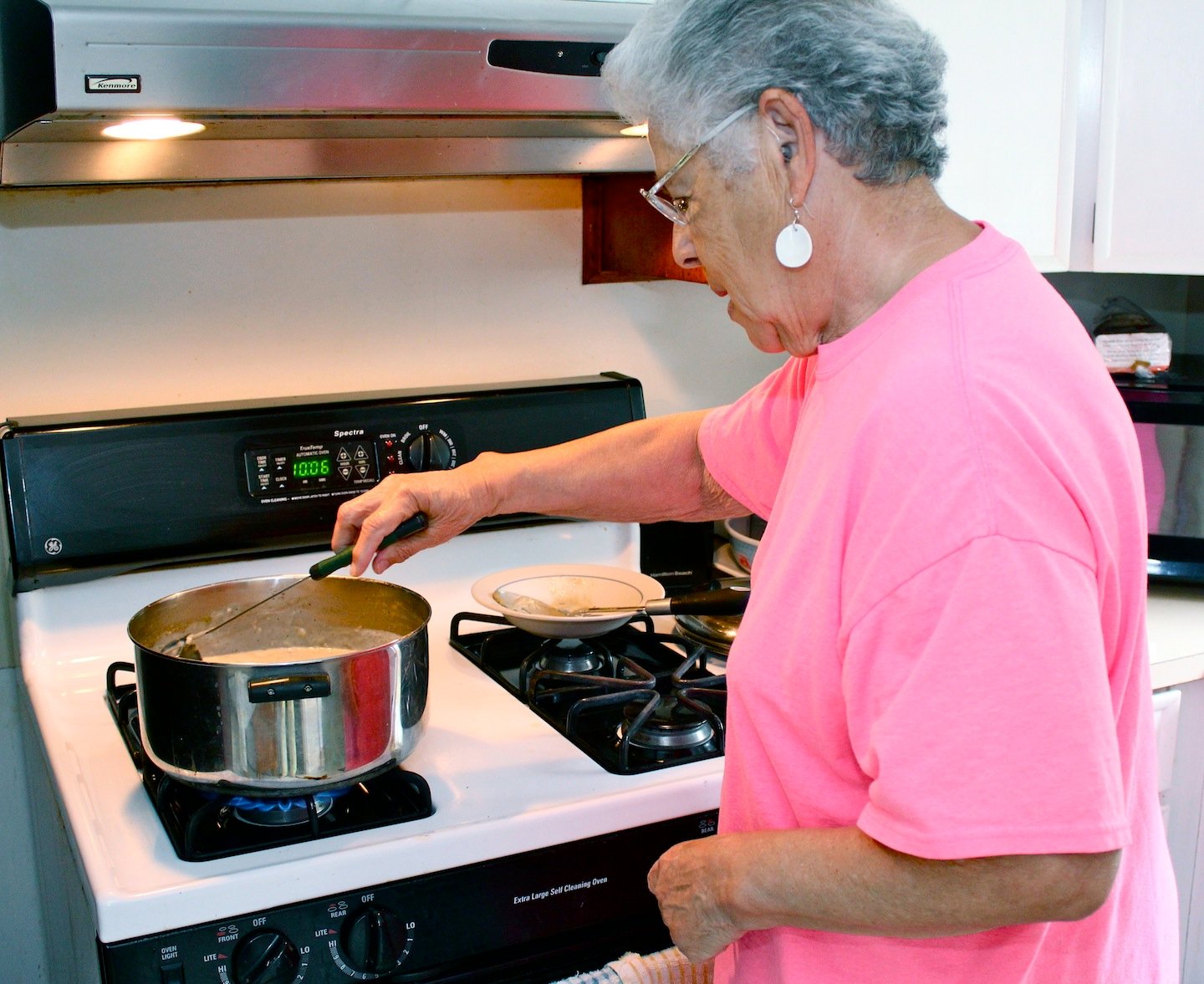
Carol Lopez, Mashpee Wampanoag tribal elder, demonstrates her cooking skills with Quahog Chowder. (Judith Goetz)
The revised recipe has been enjoyed by all, and in the 1920s, the creamy version was served in the restaurant owned by 97-year-old Eleanor Spears Dove’s grandfather. Having inherited the family talent for food preparation, Eleanor and her husband Ferris Dove opened up the  Dovecrest Restaurant where she made an award-winning chowder with sautéed onions and quahogs.
Dovecrest Restaurant where she made an award-winning chowder with sautéed onions and quahogs.
Paulla Dove Jennings said her mother Eleanor’s chowder was delicious, and that she also used to make the best quahog pie. Paulla’s sister Dawn Dove added, “It’s pretty easy. You make a chowder that is not quite as thin, with not as much liquid in it, and you make a top crust, and put it in a casserole dish. It is really good.”
“My father had a walk-in refrigerator in the garage,” Paulla said, “and he would sit out there opening the fresh quahogs. He’d open three and eat the fourth and if you were standing there, you’d get one, too. And they were delicious! You didn’t need hot sauce, lemon or anything. Just the juice from the clams and the water from the ocean made them taste crisp and fresh. And of course we used the quahog shells to make wampum.”
Inside the Tomaquag Museum, Jennings pointed to a strand of wampum beads dated 4,000 years ago. “The creator is so wise,” she said. “They give us something to eat, something to drink, and then something to bead from. We use that shell to make beautiful beadwork, an adornment, to make a gift, to tell a story. It’s all right there.”
The elder Lopez designs and creates wampum jewelry and other adornments and arts, and she agrees. “Each side (of the quahog shell) matches exactly and that’s how I can make earrings in pairs. It takes a lot of time to make jewelry.”
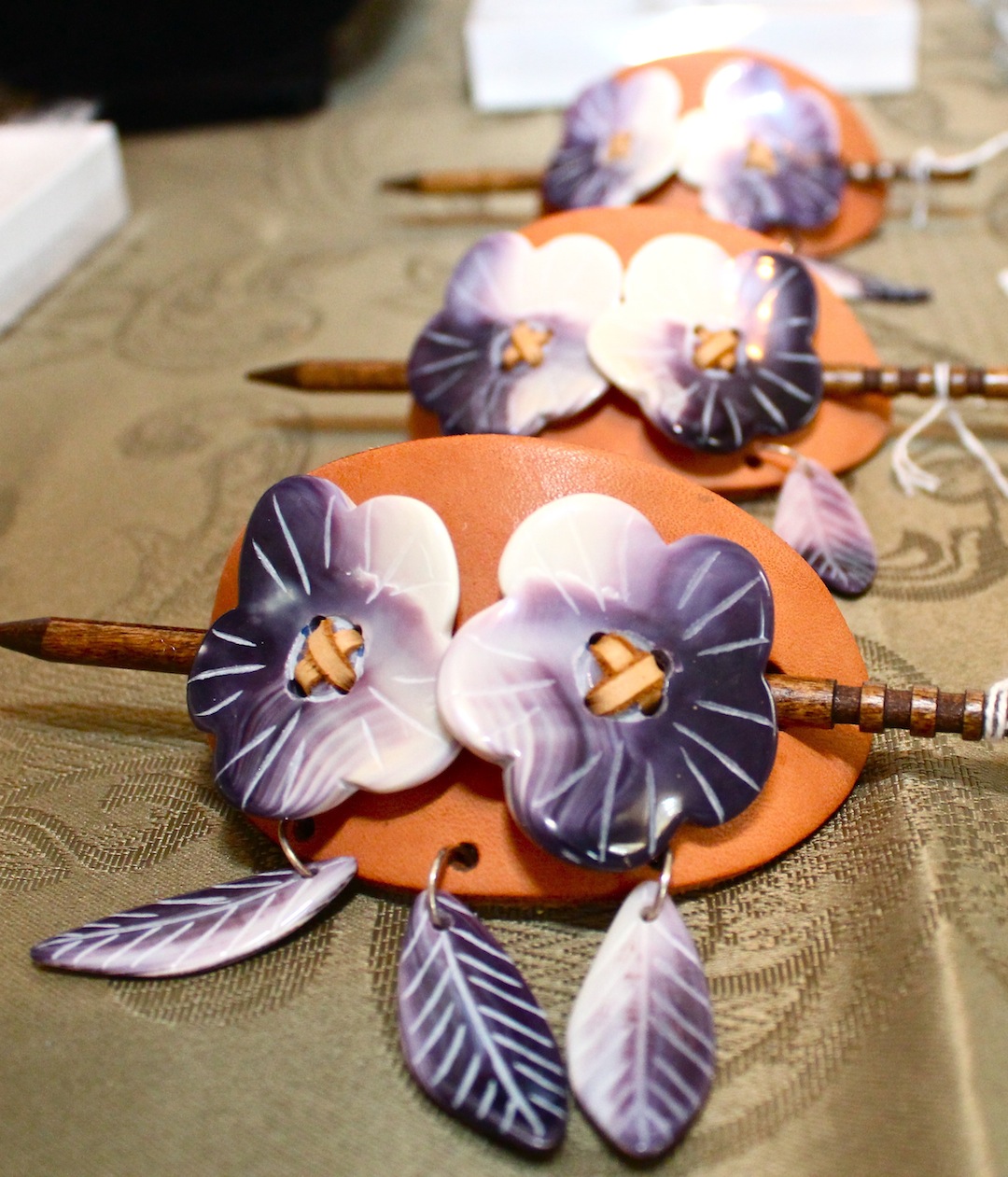
Carol Lopez, Mashpee Wampanoag tribal elder, makes jewelry and other works of art from the quahog shells, the source for wampum. (Judith Goetz)
“History tells us that Native Americans made holes in the shells and traded with the English. They started to use it as money, but we used it as adornment,” Lopez said, as she recalled another charming Cape Cod memory. “I am 80, and when I was growing up, we used the meat and threw the shells in the path or the driveway,” she recalled.
The crushed shells are still used instead of paving in Cape Cod and other Northeastern areas. They are environmentally more sound than asphalt, provide nutrients to the soil, and make a more stable path than crushed stone. Maybe best of all, they serve as a subtle reminder of the importance and the history of the quahog.
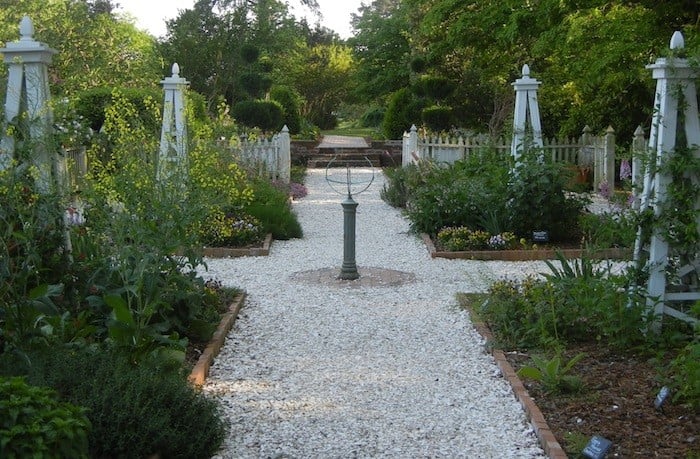
Crushed shell paths and driveways are still used instead of paving in Cape Cod and other Northeastern areas. (Urban Sacred Garden)
Link to this article:
Nocake
Commonly known today as pemmican. It is made of dried meat mixed with a little fat and dried berries. MY NOTE: find recipe in file for this.

Wenomeneaash
Grapes or raisins
Recipes coming soon...

